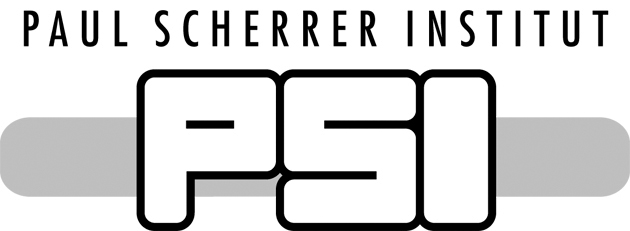
Thursday, December 2, 2021, 16:00
online only
(for the zoom link contact michael.spira@psi.ch, johannes.schlenk@psi.ch or
antonio.coutinho@psi.ch)
Hans-Arno Synal, ETHZ
Abstract:
The Laboratory of Ion Beam Physics (LIP) provides a world class
infrastructure for accelerator mass spectrometry (AMS) and serves as a
national and international center for radiocarbon dating, and
applications of isotopes as clocks or tracers in environmental, climate,
astrophysical, or pharmaceutical studies. Over the last ten years, we
have improved AMS measurement technology based on fundamental research
to enable ultra-sensitive and background free detection of
radionuclides. In the case of radiocarbon, which is still the most
important radionuclide in AMS, measurement technology has now reached a
stage, where almost tabletop instrumentation (MICADAS) provides high
overall detection efficiency, reach highly reproducible measurement
conditions, and can be operated by trained lab technicians. This became
possible because molecular interferences, the dominant interfering
background, can be destroyed in multiple collisions with He stripper gas
atoms and utilizing 1+ charge state. The advent of hybrid ion source
accepting sample materials as CO2 in a He carrier gas stream
enabled the analysis of microgram sized samples making compound specific
analyses possible and opening new application fields. He stripping has
the potential to down size instruments for measurements of other
radionuclides, too. In collaboration of ETH Zurich and the Ionplus AG, a
Multi-Isotope-Low-Energy-AMS system (MILEA) has been developed based a
small accelerator operating at only 0.3 MV. It has been shown that such
a system can cover the analytic need for the detection of the most
important AMS nuclides: 10Be, 14C,
26Al, 41Ca, 129I, and actinides. In
fact, they reach the highest transmission of any AMS system for
actinides. The recent technical development will be summarized and
examples on specific applications will be discussed to highlight future
perspective of research with long-lived radionuclides.